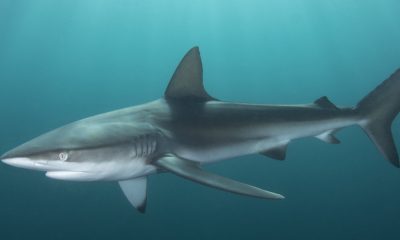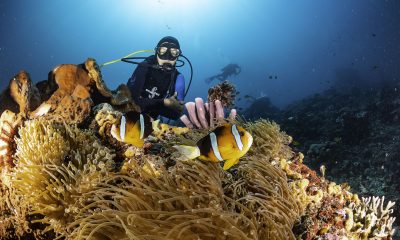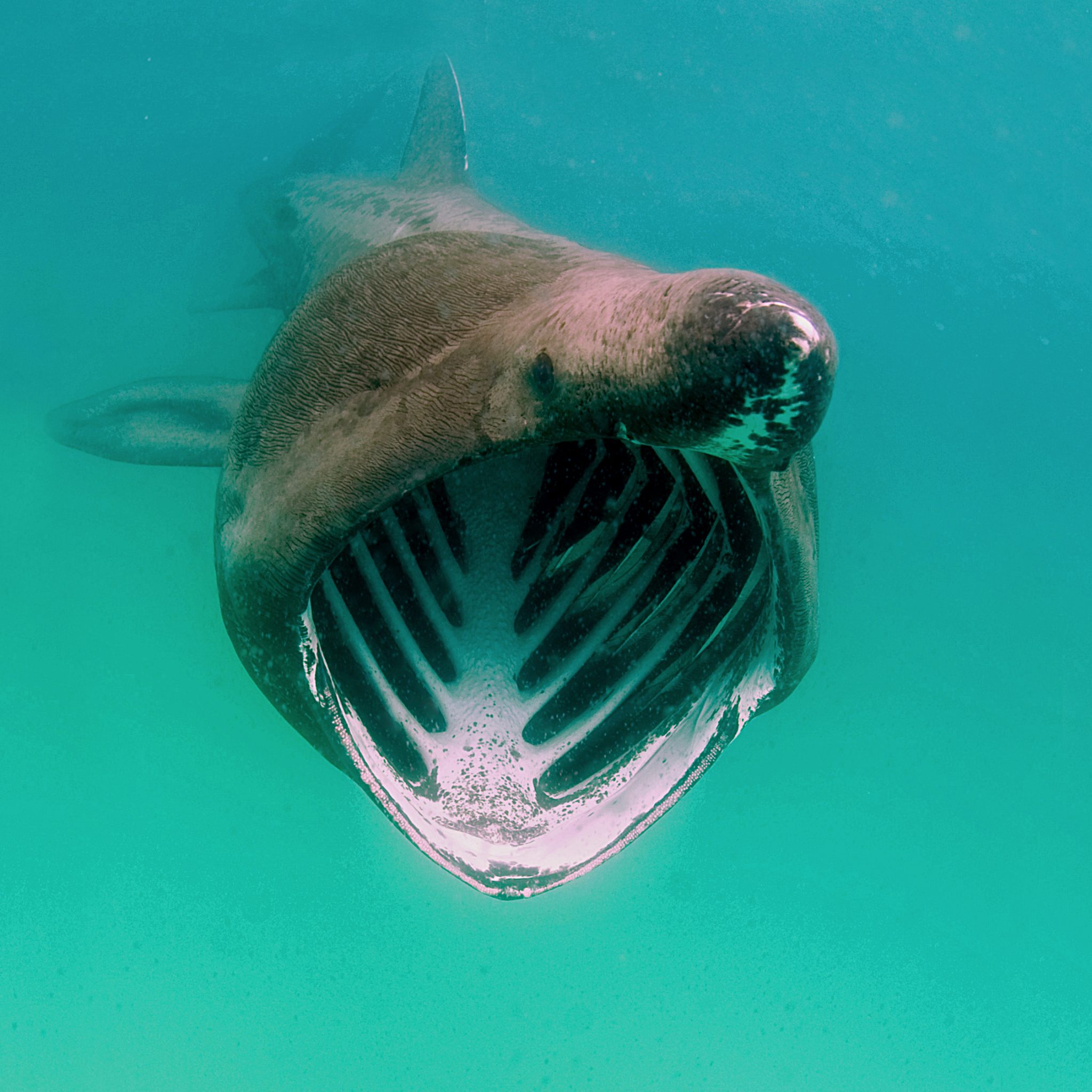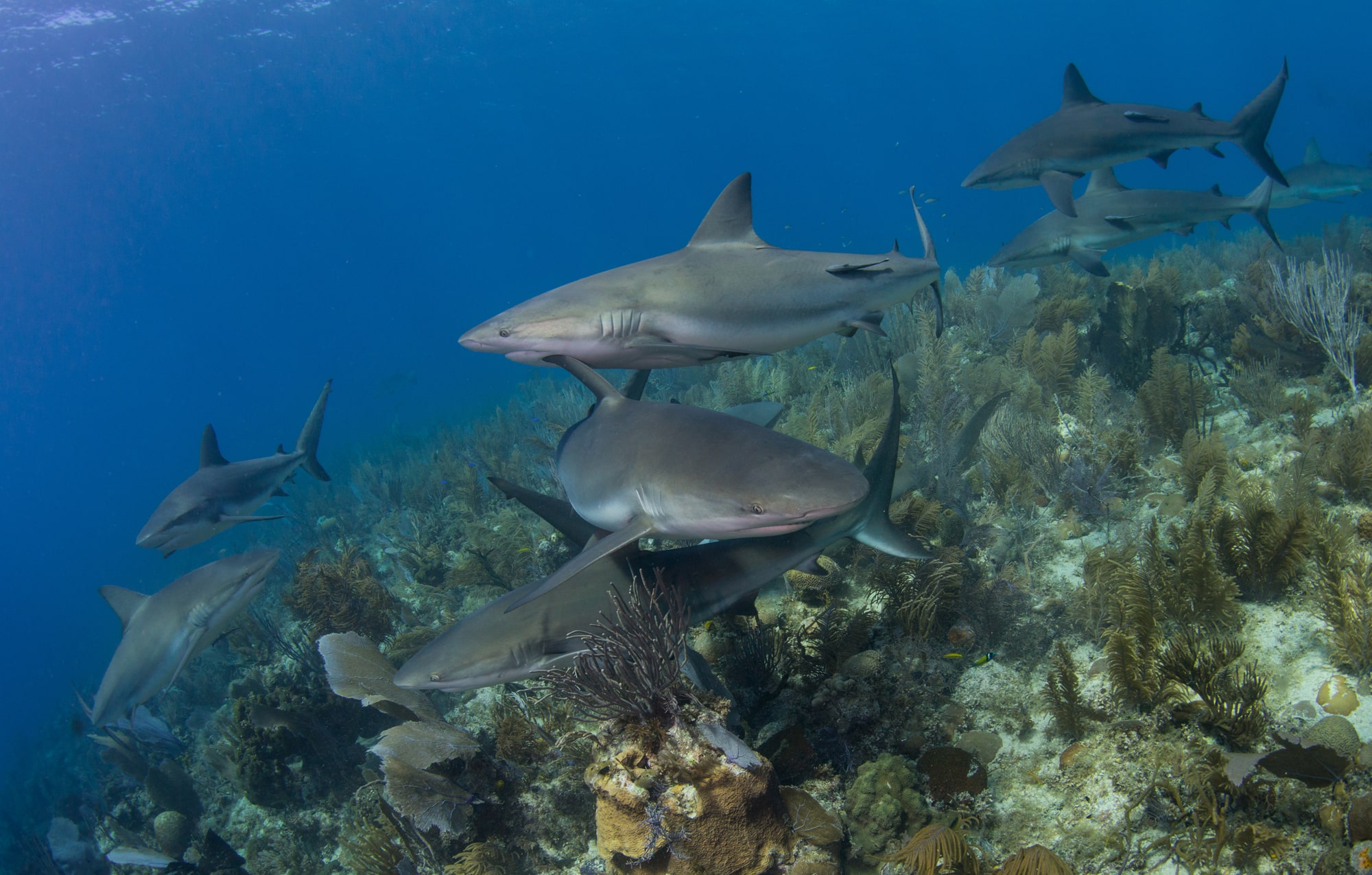Marine Life & Conservation
Collaborative research puts manta rays on the map in the Philippines

A new collaborative scientific study led by the Large Marine Vertebrates Research Institute Philippines (LAMAVE) and in cooperation with partners and the public has compiled a national population database for manta rays and has identified four hotspots for the species in the Philippines.
Sightings from dedicated in-water research efforts by LAMAVE and partners as well as citizen science contributions from dive centers, digital submissions on platforms like mantamatcher.org as well as online searches on social media platforms including Facebook, Instagram and YouTube have enabled the creation of the database. The study reports the presence of both Reef Mantas (Mobula alfredi) and Oceanic Mantas (Mobula birostris) in the country.
A total of 2,659 manta ray sightings were analysed by the team and from those, 499 individual manta rays were identified using photo-identification methods, which use the unique spot pattern on the ventral side (belly) of the manta ray. These individuals were encountered in 22 different sites across the Philippines, 11 of which both reef manta and oceanic mantas were observed.
Tubbataha Reefs Natural Park and Ticao-Burias Pass Protected Seascape identified as
hotspots Of these 22 sites, the study identified four hotspots where manta rays aggregate:
Tubbataha Reefs Natural Park in Cagayancillo, San Jacinto in the Ticao-Burias Pass Protected Seascape, Puerto Princesa City and TayTay in Palawan. Three of these hotspots are in the waters of Palawan. These four sites accounted for 89% of all the individual manta rays and specific behaviours were observed including cleaning, courtship and feeding.
In reference to the Tico-Burias Pass Protected Seascape Nonie P. Enolva, Senior Fishing Regulations Officer/Chief, Fisheries Resource Management Section, Bureau of Fisheries and Aquatic Resources – Region 5 had this to say – “Ticao Pass is one of the Bicol Region’s marine key biodiversity areas known to be home of filter-feeding megafauna like whale sharks, megamouth sharks and mobulas. The area has been known to be rich in plankton and other primary producers at the trophic level. The preponderance of visits of these megafaunas is greatly attributed to how rich the Ticao Pass is in terms of the primary food source that has been provided for them. Thus, the protection of this important fishing ground would also mean the protection of the many marine species that are dependent on it. The implementation of the Fisheries Management Area 7 which covers Ticao Pass would also warrant an Ecosystems Approach to Fisheries Management by providing policies that include protection of important marine species.”
Oceanic mantas keep coming back to the same areas Oceanic Mantas accounted for 107 individuals in the national catalog and resights of this species gave an insight into their movements. One female manta first sighted in Daanbantayan, Cebu in 2009, became the first recorded movement of an oceanic manta between sites in the Philippines when she was resighted in San Jacinto in 2014 and then back again in Daanbantayan in 2017. Another individual made a similar journey in 2017, covering ~150 km (straight-line movement) in five days.
Other records from Daanbantayan also revealed the longest resighting interval with two individual manta rays seen again in the area after an 8-year interval. Six other individuals were sighted in the area in at least two different years suggesting that the area is important for the species as they keep coming back. Ticao, Masbate and Palawan were identified as hotspots for reef mantas As for reef mantas, 392 individuals were identified from sighting records over 16 years between 2004-2020. Over 90% of these individuals were encountered in three sites: San Jacinto (Ticao-Burias Pass Protected Seascape), Taytay in Northern Palawan and Cagayancillo (Tubbataha Reefs Natural Park) in Palawan. In these areas 66-80% of the mantas identified were seen more than once, most often at cleaning stations – small patches of coral that house cleaning fish. The fact that two of these hotspots are within protected areas (Ticao-Burias Pass Protected Area and Tubbataha Reefs Natural Park) highlights the importance of these areas for the species and why the continued efforts to conserve them are crucial.
Both species are still under threat. The study highlights key threats continuing to face these species. A quarter of the animals identified in San Jacinto and Taytay showed fishery-related injuries, in the form of damaged or missing fins or severe cuts. Damage to cleaning stations is a further concern; the cleaning sites in San Jacinto are characterised by an abundance of fishing gear entangled in the reef resulting in damage or destruction of this sensitive habitat.
Meanwhile, sightings of oceanic manta rays (M. birostris) in Daanbantayan dropped from 73 sightings between 2006-2012 to only 16 sightings between 2013-2019 despite the increased diving effort in the area. San Jacinto showed a similar trend with 15 sightings between 2013-2014 to only three between 2017-2019. This is an alarming 80% decline in sighting frequency and may be attributed to fishing activities in part of its assumed population range, such as in the Bohol Sea which saw at least 100 oceanic mantas landed per season in the Bohol Sea up until 2017. The species has a population recovery time of over 37 years so protecting the remaining individuals is fundamental if we are to help the species recover.
Conservation strategies such as marine protected areas and fishing gear regulations should be urgently adopted at these sensitive sites, especially in the identified hotspots which do not currently benefit from species-specific protection such as Taytay and Puerto Princesa City.
For more information visit: www.lamave.org
Header Image: LAMAVE research, San Jacinto, Philippines. Credit: Olivia Johnson (LAMAVE)
Marine Life & Conservation
Double Bubble for Basking Sharks
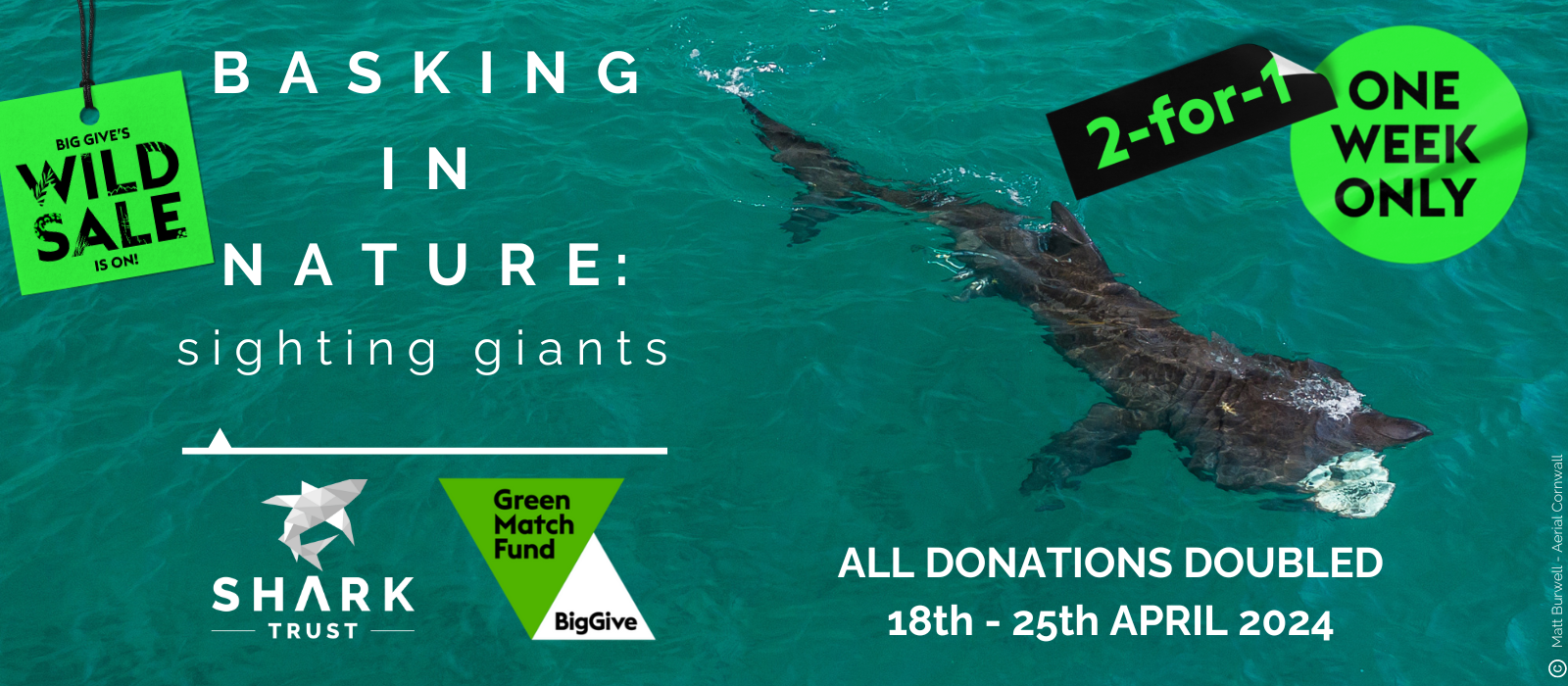
 The Shark Trust is excited to announce that, for two more days only, all donations, large or small, will be doubled in the Big Give Green Match Fund!
The Shark Trust is excited to announce that, for two more days only, all donations, large or small, will be doubled in the Big Give Green Match Fund!
Donate to Basking in Nature: Sighting Giants
The Shark Trust is hoping to raise £10k which will be doubled to £20k. This will go towards Basking in Nature: Sighting Giants. And they need YOUR help to reach they’re goal.
The Shark Trust’s citizen science project is to monitor and assess basking sharks through sightings; encouraging data collection, community engagement, and promoting nature accessibility. This initiative aims to enhance health and wellbeing by fostering a deeper connection with British Sharks.
Campaign Aims
- Increase citizen science reporting of Basking Sharks and other shark sightings to help inform shark and ray conservation.
- Provide educational talks about the diverse range of sharks and rays in British waters and accessible identification guides!
- Create engaging and fun information panels on how to ID the amazing sharks and rays we have on our doorstep! These can be used on coastal paths around the Southwest. With activities and information on how you can make a difference for sharks and rays!
- Promote mental wellbeing through increasing time in nature and discovering the wonders beneath the waves!
Donate, and double your impact. Click Here
Marine Life & Conservation
Leading UK-based shark conservation charity, the Shark Trust, is delighted to announce tour operator Diverse Travel as a Corporate Patron
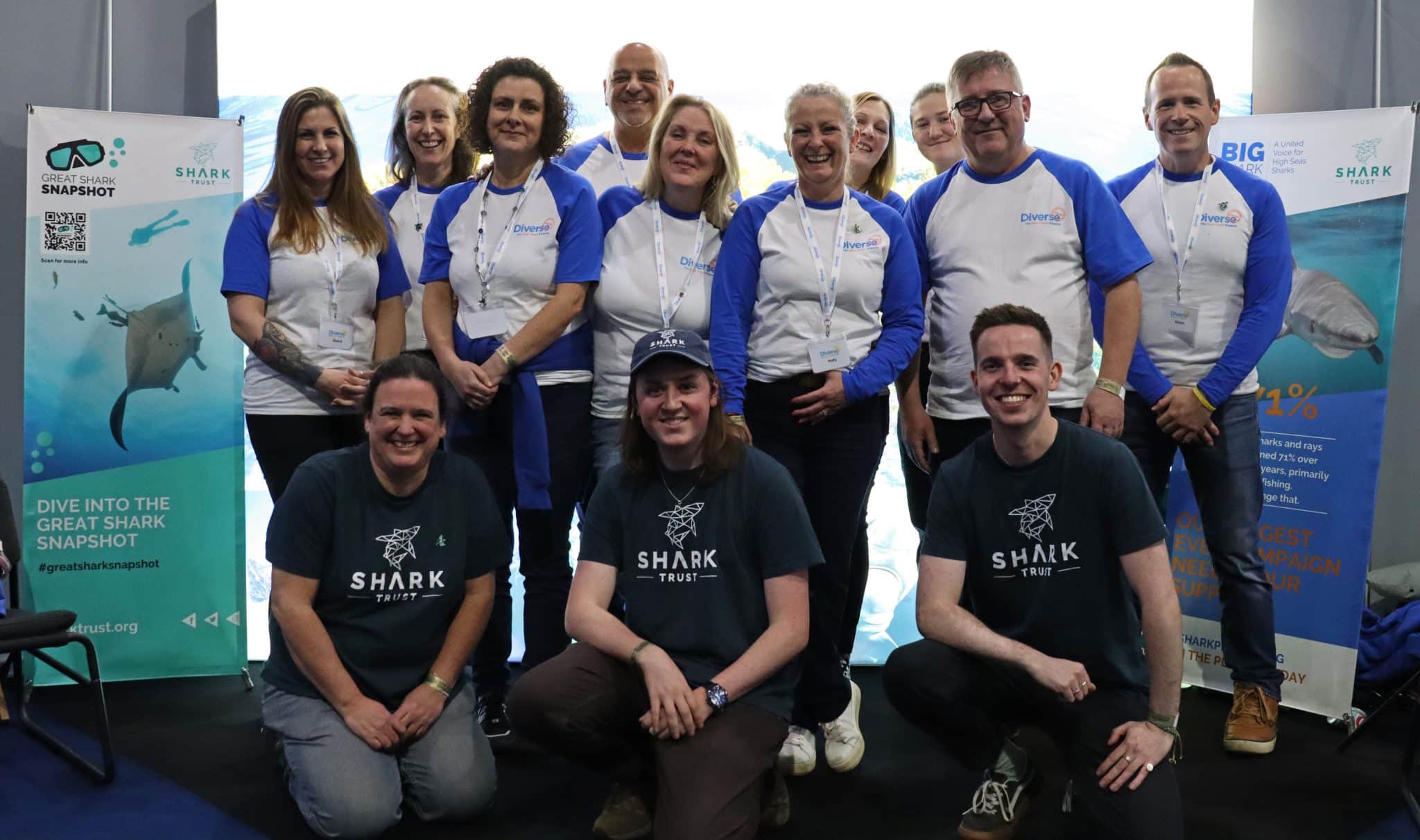
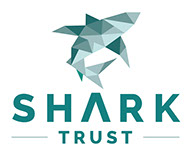 Corporate Patrons provide a valuable boost to the work of The Shark Trust. The Trust team works globally to safeguard the future of sharks, and their close cousins, the skates and rays, engaging with a global network of scientists, policymakers, conservation professionals, businesses and supporters to further shark conservation.
Corporate Patrons provide a valuable boost to the work of The Shark Trust. The Trust team works globally to safeguard the future of sharks, and their close cousins, the skates and rays, engaging with a global network of scientists, policymakers, conservation professionals, businesses and supporters to further shark conservation.
Specialist tour operator Diverse Travel has operated since 2014 and is committed to offering its guests high quality, sustainable scuba diving holidays worldwide. Working together with the Shark Trust will enable both organisations to widen engagement and encourage divers and snorkellers to actively get involved in shark conservation.
“Sharks are truly at the heart of every diver and at Diverse Travel, we absolutely share that passion. There is nothing like seeing a shark in the wild – it’s a moment that stays with you forever!” says Holly Bredin, Sales & Marketing Manager, Diverse Travel.
“We’re delighted to celebrate our 10th year of business by becoming a Corporate Patron of the Shark Trust. This is an exciting partnership for Diverse and our guests. We will be donating on behalf of every person who books a holiday with us to contribute towards their vital shark conservation initiatives around the world. We will also be working together with the Trust to inspire divers, snorkellers and other travellers to take an active role – at home and abroad – in citizen science projects and other activities.”
Paul Cox, CEO of The Shark Trust, said:
“It’s an exciting partnership and we’re thrilled to be working with Diverse Travel to enable more divers and travellers to get involved with sharks and shark conservation. Sharks face considerable conservation challenges but, through collaboration and collective action, we can secure a brighter future for sharks and their ocean home. This new partnership takes us one more valuable step towards that goal.”
For more information about the Shark Trust visit their website here.
For more about Diverse Travel click here.
-

 News3 months ago
News3 months agoHone your underwater photography skills with Alphamarine Photography at Red Sea Diving Safari in March
-

 News2 months ago
News2 months agoCapturing Critters in Lembeh Underwater Photography Workshop 2024: Event Roundup
-

 Marine Life & Conservation Blogs2 months ago
Marine Life & Conservation Blogs2 months agoCreature Feature: Swell Sharks
-

 Blogs2 months ago
Blogs2 months agoMurex Resorts: Passport to Paradise!
-

 Blogs2 months ago
Blogs2 months agoDiver Discovering Whale Skeletons Beneath Ice Judged World’s Best Underwater Photograph
-

 Gear Reviews2 months ago
Gear Reviews2 months agoGear Review: Oceanic+ Dive Housing for iPhone
-

 Marine Life & Conservation2 months ago
Marine Life & Conservation2 months agoSave the Manatee Club launches brand new webcams at Silver Springs State Park, Florida
-

 News3 months ago
News3 months agoWorld’s Best Underwater Photographers Unveil Breathtaking Images at World Shootout 2023









